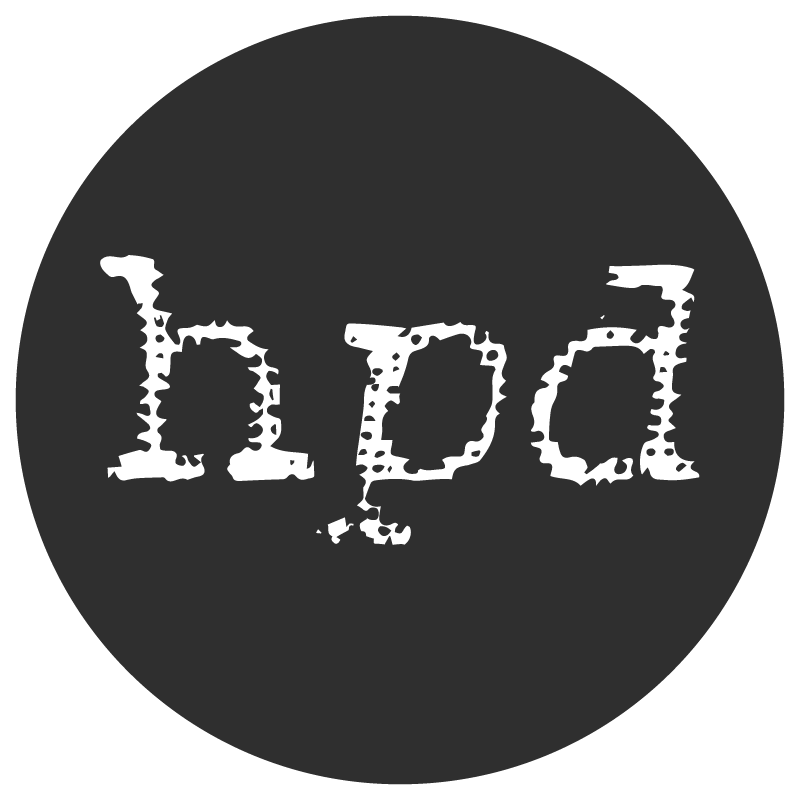Twenty years ago Umberto Eco published Kant e l’ornitorinco (the English-language version, Kant and the Platypus, came out in 1999), desirous as he was of returning to some topics dealt with in previous works and inspired by the conference held in Cerisy-la-Salle (1996), in which scholars from all over the world subjected his theories to painstaking scrutiny. This marked the birth of a book in which Eco returned – in a manner that was neither organic nor systematic, but with many interconnections – to the principal themes of his semiotic research in order to make statements and invite further discussion, but also to make changes of tack. Perhaps the topic he felt that most urgently required revision was the role of reality (of Being, in other words Peirce’s Dynamic Object) within the framework of semiotic theory. In the first part of his Theory of Semiotics the Dynamic Object was considered to be the terminus ad quem of semiosis (something we talk about through signs and interpretants), while in the second part it was seen as a terminus a quo (something that urges us to communicate). Now Eco wished to invert the priorities and understand better how the Object, insofar as it is terminus a quo, conditions, binds, and limits semiosic processes, and this led him above all to propose his theory of “negative realism”, according to which there would be a “hard core of being, which means that some things we say about it and for it cannot and must not be taken as good”.
Contextually, Eco suggests redefining the so-called “lower threshold” of semiotics: while the Immediate Object is the concept with which Peirce re-elaborates Kantian schematism non-transcendentally, it is formed through auroral perceptual modalities, proto-semiotic arrangements that Eco calls forms of natural primary iconism that should be included in semiosic activity, a sort of precondition for semiosis: it is on the basis of perceptual processes – but not only them – that we form schemata, and it is thanks to these schemata (Cognitive Types, for Eco) that we recognize concrete occurrences. In Kant and the Platypus semiotics converges with the theory of knowledge and the author’s philosophical bent finds its most complete form. In comparing cognitive processes with the files and directories of a computer, Eco wonders about the way in which similar “tree-like” structures can be reorganized, as happens for example in scientific taxonomies, where new discoveries can entail overall reconfiguration. The exemplary feature is the history of the platypus, the main character of this book, an egg-laying mammal that at the end of the eighteenth century threw contemporary classification into crisis: only in 1884, after controversies and debates that lasted eighty years among those who said the creature was a mammal and denied the eggs and those who said it was oviparous and would not recognize either teats or milk, was it established that the platypus belonged to the class of monotremes, which are mammals and oviparous.
The dialectic between the categorial framework and new perceptual experiences has a semiotic correlate in the viewpoints of Hjelmslev and Peirce. According to the structuralist perspective semantic competence is organized in a categorial framework, and the elements of the form of content are structured on the basis of oppositions and differences. From the cognitive-interpretive standpoint, meaning is constituted by interpretation and from the structural organization we arrive at the encyclopaedic model. The coexistence of Hjelmslev and Peirce, proposed but not completely developed in the Theory of Semiotics, finds in Kant and the Platypus its most convincing formulation.
The topics Eco deals with in his book are many and in issue vol. 11, n. 1 of the Rivista Italiana di Filosofia del Linguaggio we would like to welcome contributions containing further considerations starting from the theoretical proposals that the author put forward twenty years ago, also in order to assess their staying power and topicality. Here follow some ideas, which certainly do not exhaust the possible contributions:
- Minimal or negative realism has been widely taken up by those authors who have advocated in recent years the notions of so-called “new realism”: what are the semiotic, ontological and epistemological positions of the realism/anti-realism debate?
- What have been and may be the developments of these proposals in the cognitivist field, apart from the metaphor (arguably a bit dated) of the mind as computer? And up to what point are the hypotheses of the auroral phase of semiotics reflected in anthropology (for example with reference to attested cases of radical interpretation and translation), psycholinguistics (pre-linguistic communication and the first categorizations made by new-born babies) or in neuro-psychiatry (agnosia and anosognosia as specular phenomena of the first categorizations of new experiences)?
- The author insists on the contractual nature of operations of reference: how did analytic philosophy react to this suggestion and can there be further developments?
- In his book, Eco once more reflects on the statute of iconic signs, which according to him work by conventional rules but also through surrogate stimuli that make them resemble the object they represent without the intervention of cultural coding: in what way has the debate on iconism contributed to the development of a cognitive semantics?
Submissions may be in English, French, Italian and Spanish. Abstract in English of no more than 250 words is required for all manuscripts submitted. Each manuscript should have title and 5 keywords in English. Submissions must be prepared for blind review. The author’s name, the institutional affiliation and the title’s paper must be placed in a separate file. Manuscripts must be sent as Microsoft Word file (.doc or .rtf) to: segreteria.rifl@gmail.com
Instructions for authors:
Max length:
40000 characters (including spaces) for articles (including the references) and reviews;
20000 characters (including spaces) for interviews;
10000 characters (including spaces) for specific paper review.
Submission deadline: February 28, 2017
Issue publication: June 2017
